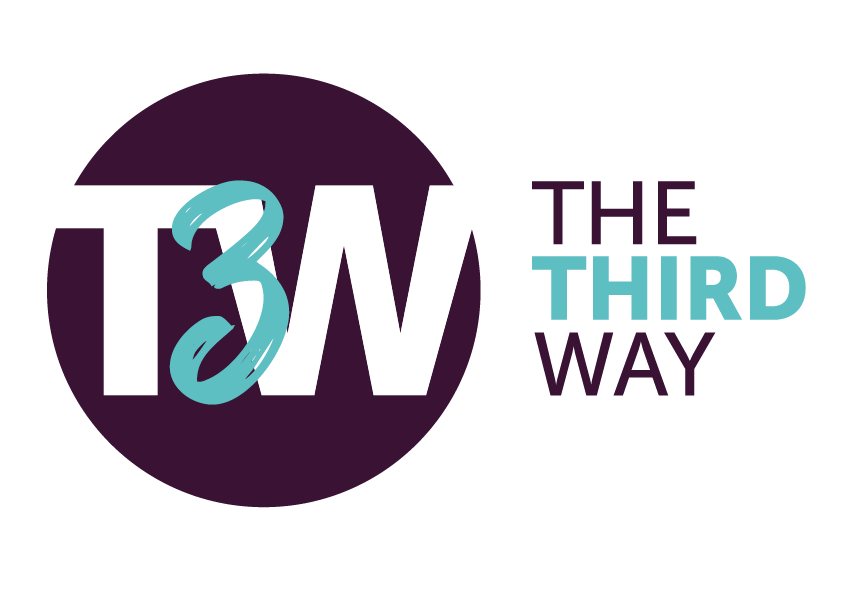Business Model Canvas
The Business Model Canvas (BMC) is a strategic tool used for visually developing or displaying a business model. It was designed by Alex Osterwalder, who wrote a book about it, together with Yves Pigneur. A BMC helps to determine and to align your key business activities and their relationship to your Value Proposition.
- The bottom (see example below) consists of the costs and revenues.
- Central is the Value Proposition, the distinctive value you offer the customer.
- On the left you define how you create this added value. Here you state which partners and (auxiliary) sources you use and which activities you undertake.
- On the right-hand side you note to whom you sell the product, how the delivery looks and how you maintain your relationships
The model consists of nine building blocks which we will now discuss in more detail:
Customer Segments (top right):
Determining the right target group is essential. Map out which specific clients you want to serve and research the needs of this target group. For more information and exercises, please refer to Topic 3: Define your Client/Target Group.
Value Proposition (middle):
Step two is the Value Proposition, or: what is the distinctive or added value you offer to the customer? In Topic 4: The Value Proposition we already got started with this.
Customer relationships (top right):
Define and describe the primary relationships you have with your customers, including how you interact with them, how these interactions differ among different types of customers, what different customer needs are, and the level of support the different customers receive.
Channels (middle right):
In this section of the Business Model Canvas, you’ll find the (sales) channels through which you interact with customers. Here you describe, among other things, the marketing and distribution strategy. How do you keep the target group informed about the offer? How can they obtain your offer, in a store or online? Combine offline and online channels to reach as many customers as possible.
Revenue streams (bottom right):
With the earnings model, you make it clear where your income will come from – not only now, but also in the future. It is one of the pitfalls of starting (social) entrepreneurs. It’s about creating added value, usually money, but this can also be pleasure or satisfaction.
Key Resources (middle left):
List the key resources your business relies upon or uses in order to operate and provide services. Resources are defined as the key assets required to bring about the Value Proposition. Here you can think of:
- Physical resources (business equipment such as a computer or a camera).
- Intellectual resources (a patent or a trademark).
- Human resources (staff).
Key Activities (top left):
What are the most important core activities of your business to create the Value Proposition? Key activities are for example the production and quality of your product, maintaining customer relationships and acquiring new customers.
Key Partners (top left):
List the key partnerships your business leverages or relies upon for success. Include the resources or value your business gets from these partnerships. For example, a text agency and a video agency can work extremely well together to create interactive websites.
Cost Structure (bottom left):
Investigate how the cost structure in your company works. After you have described the eight building blocks above, it is fairly easy to determine the most important costs of these. Which operating costs are fixed (premises, machinery) and which are variable (purchase of products)?



